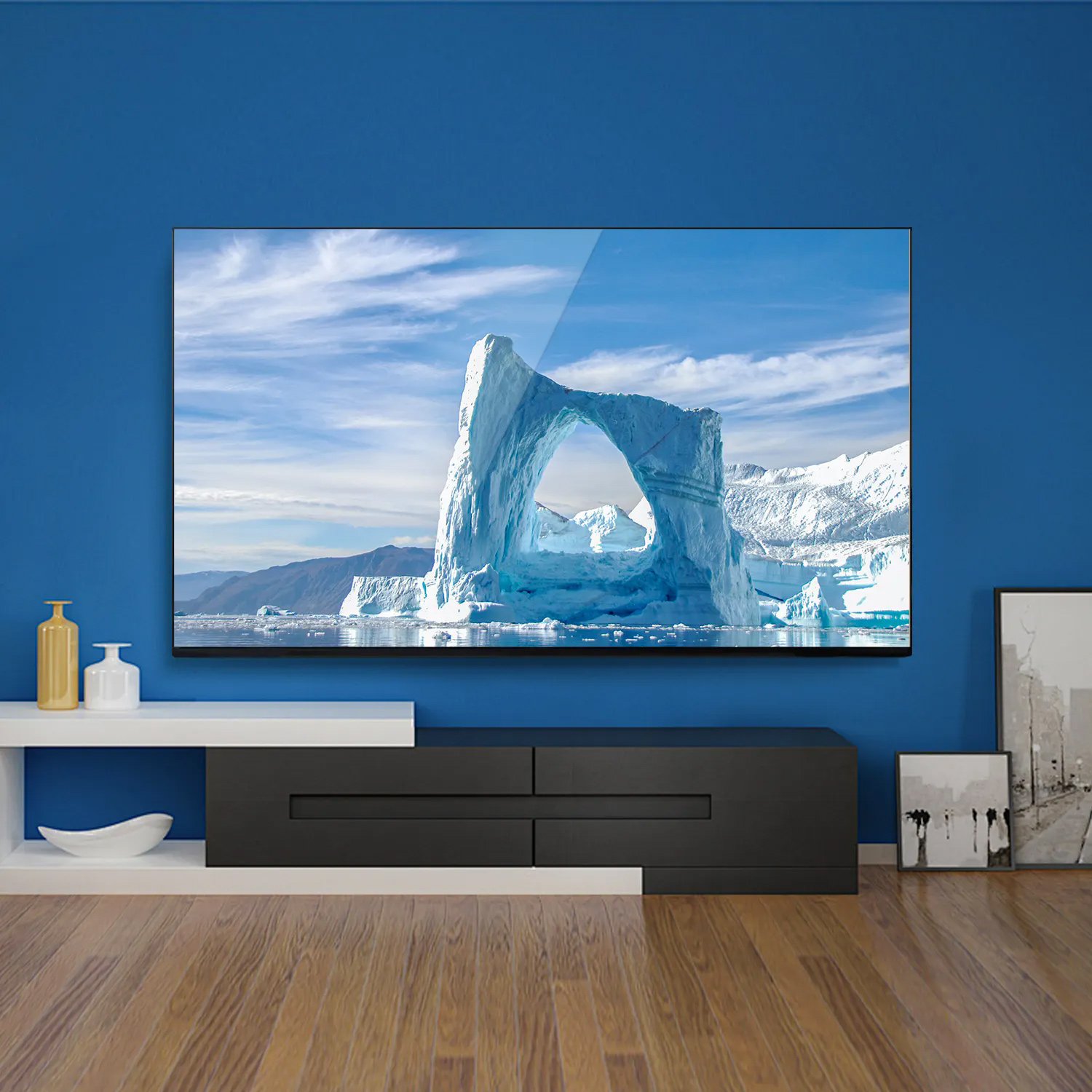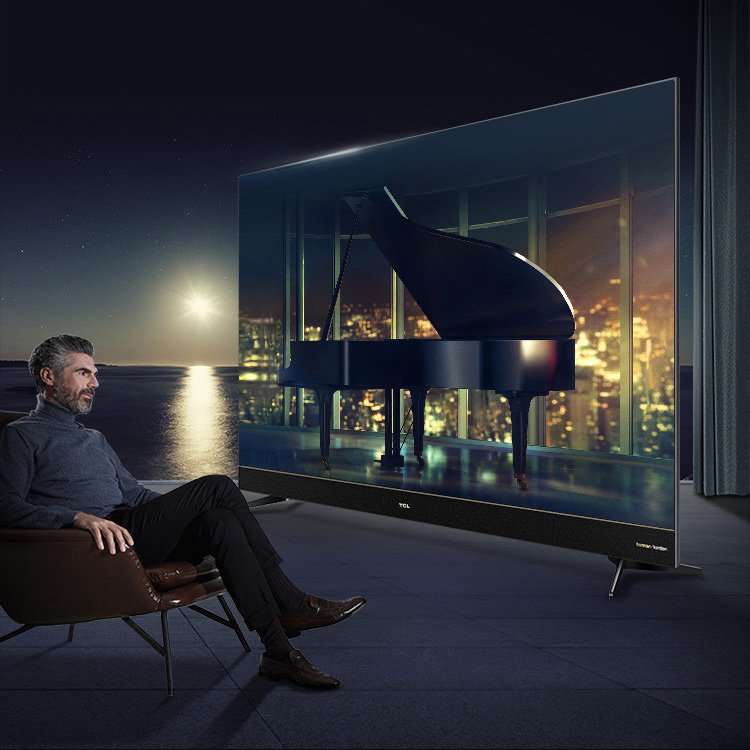1、 Remote Control Design Innovation and User Controversy
Google TV Mandatory “Free TV” Button Policy: Starting from April 2025, all newly launched Google TV device remote controls must come standard with a “Free TV” or “Live TV” button, aimed at simplifying the entry point for free streaming services. This move has sparked polarized evaluations: supporters believe it is convenient for elderly users and non-technical groups, while critics question whether the “one size fits all” design ignores the diversity of user needs.
Vizio Minimalist Remote Control Innovation: The P-series remote control launched by Vizio in collaboration with Google has become a benchmark case for smart TV hardware design by optimizing interaction experience through streamlined buttons, balancing functional diversity and operational convenience.
LG AI Remote Control Controversy: LG’s “AI Remote Control” launched in 2025 eliminates the traditional input switch button and requires long press of function keys for operation, which has been criticized by users as “sacrificing convenience to promote its own webOS platform”, highlighting the commercial interest orientation behind hardware design.
2、 AI technology integration and commercialization game
Controversy over LG’s AI Strategy: LG has named its remote control “AI Remote”, but its focus is on promoting its advertising based streaming service (FAST) and Amazon Alexa ecosystem. Users believe that it deviates from actual needs and serves more data monetization and platform diversion goals.
Google Smart Home Ecological Exploration: Google TV attempts to integrate smart home control functions, but due to insufficient cross brand compatibility, actual applications are still focused on basic scenarios such as voice search and screen mirroring, and have not yet formed a closed-loop ecosystem.
3、 Market Competition and System Ecological Game
Differentiated competition in brand systems: Google Android TV forms a tripartite competition with LG webOS and Samsung Tizen systems. LG strengthens its platform stickiness by bundling its own FAST channels and subscription services, while Google expands its market share through advertising revenue sharing and hardware cooperation.
Contradictory complexity of user interface: With the overlay of AI functions, the operation interface of smart TVs is becoming increasingly complex. Users criticize manufacturers for sacrificing usability in pursuit of a “technological sense” and call for a return to “foolproof” interaction design.
4、 Industry Trends and User Value Reflection
Competition for free streaming access: Google’s mandatory promotion of the “Free TV” button is essentially to expand advertising revenue by aggregating free content, reflecting the transformation of smart TVs from hardware sales to service sharing business models.
The balance between minimalism and functional redundancy: The Vizio remote control design case shows that users prefer “subtractive innovation”, and manufacturers need to prioritize solving core pain points (such as fast content access) in functional iterations, rather than piling up technical gimmicks.
The above topics indicate that the competition focus in the field of smart TVs in 2025 has shifted from hardware parameters to interaction design, AI applications, and ecological integration. The game between user needs and commercial interests will continue to shape the industry landscape.









